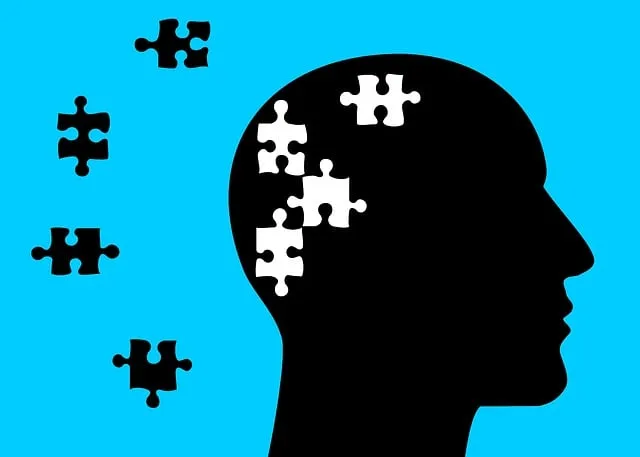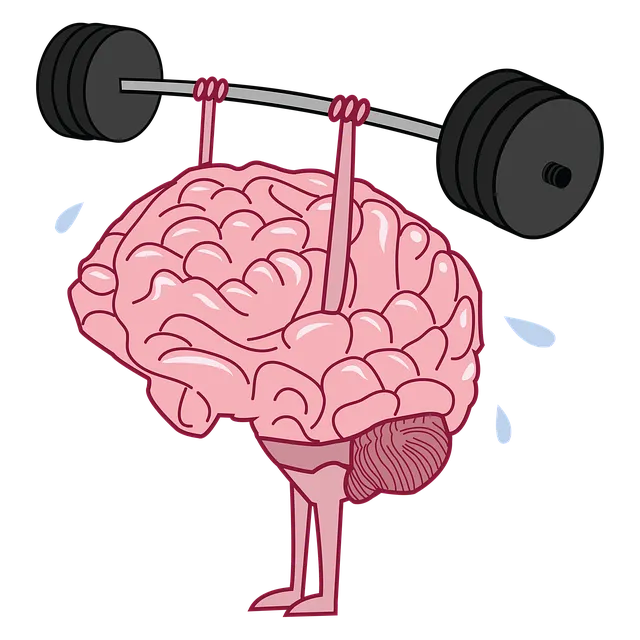Northglenn Kaiser Permanente behavioral health services reviews highlight a risk assessment framework-driven approach using evidence-based methods like cognitive-behavioral therapy and mindfulness meditation to minimize harm. Tailored interventions focusing on emotional intelligence, burnout prevention, and Mental Wellness Coaching empower clients, enhancing self-esteem improvement and emotional healing. Robust risk management plans prioritize patient and staff well-being through continuous adaptation to mental health protocols and self-care practices.
Risk assessment and harm minimization planning are essential components of quality care, especially within behavioral health services. This comprehensive guide explores key strategies for navigating these critical aspects at Kaiser Permanente Northglenn. We delve into understanding risk frameworks specific to behavioral health, identifying targeted harm minimization tactics, and evaluating patient-centric risks. Furthermore, we outline actionable plans for harm reduction and highlight successful implementation through real-world examples from within the organization, informed by reviews of its renowned Northglenn Kaiser Permanente behavioral health services.
- Understanding Risk Assessment Frameworks in Behavioral Health
- Identifying Harm Minimization Strategies for Different Behaviors
- Evaluating Potential Risks and Their Impact on Patients
- Developing Comprehensive Harm Reduction Action Plans
- Implementing and Monitoring Effective Safety Measures at Kaiser Permanente Northglenn
Understanding Risk Assessment Frameworks in Behavioral Health

Risk assessment frameworks play a vital role in Northglenn Kaiser Permanente behavioral health services reviews, guiding professionals in understanding and managing potential risks within their practices. These frameworks provide a structured approach to identifying, evaluating, and mitigating risks that may impact patient safety and well-being, particularly during therapeutic interventions. By adopting evidence-based methods, healthcare providers can ensure effective harm minimization planning tailored to individual needs.
The process involves assessing various factors, including psychological, social, and environmental risks, to predict potential outcomes. This proactive approach allows for the implementation of strategies that foster self-esteem improvement and enhance emotional healing processes. For instance, integrating self-awareness exercises into treatment plans can empower individuals to recognize and manage their emotional responses, thereby reducing risks associated with intense emotions or behavioral outbursts. Through these comprehensive risk assessment techniques, Kaiser Permanente in Northglenn aims to provide quality care while promoting positive outcomes for patients engaging in behavioral health services.
Identifying Harm Minimization Strategies for Different Behaviors

When it comes to identifying harm minimization strategies, a tailored approach is essential, especially when addressing diverse behaviors within Northglenn Kaiser Permanente behavioral health services reviews. Each behavior presents unique challenges and opportunities for intervention. For instance, harmful substance use may require evidence-based treatments like cognitive-behavioral therapy or medication-assisted recovery programs. In contrast, behaviors related to mental health struggles could benefit from therapeutic techniques such as mindfulness training, stress management workshops, or peer support groups.
The effectiveness of harm minimization lies in understanding the underlying causes and triggers. Public Awareness Campaigns Development can play a pivotal role in educating individuals about risky behaviors and providing alternative coping mechanisms. Inner Strength Development initiatives, including trauma support services, are crucial for empowering individuals to overcome adversity and make positive changes. By offering comprehensive resources and tailored interventions, behavioral health services can significantly minimize potential harm and promote well-being among their clientele.
Evaluating Potential Risks and Their Impact on Patients

When assessing risks within behavioral health services, such as those provided by Northglenn Kaiser Permanente, a comprehensive evaluation is paramount to ensure patient safety and well-being. This process involves identifying potential hazards that may arise during various aspects of care, including therapy sessions, medication management, and support groups. By meticulously examining these areas, healthcare providers can anticipate and mitigate risks effectively. For instance, evaluating the impact of anxiety relief techniques like Mindfulness Meditation can offer valuable insights into managing patient anxiety levels and preventing potential adverse reactions.
Additionally, considering the development of Mental Wellness Coaching Programs can be a game-changer in harm minimization. Through tailored coaching, patients can learn coping strategies to navigate challenging situations, enhancing their overall mental wellness. This proactive approach not only complements traditional therapy but also empowers individuals to take charge of their emotional well-being. The integration of such programs, as seen in Kaiser Permanente’s behavioral health services reviews, reflects a commitment to patient-centered care and comprehensive harm minimization planning.
Developing Comprehensive Harm Reduction Action Plans

Developing comprehensive harm reduction action plans is a multifaceted process that integrates various strategies to mitigate risks and promote well-being. At Northglenn Kaiser Permanente behavioral health services, reviewed extensively for their approach, these plans are tailored to address specific challenges faced by individuals or communities. By combining evidence-based practices with client-centered care, the team develops interventions aimed at reducing harm while fostering mental wellness.
The process involves assessing not just immediate risks but also underlying factors contributing to vulnerability. This holistic perspective includes integrating emotional intelligence techniques and burnout prevention strategies to enhance resilience. Moreover, Mental Wellness Coaching Programs Development plays a crucial role in empowering individuals to adopt healthier coping mechanisms and make informed decisions that support their long-term mental health. Through these comprehensive plans, Kaiser Permanente strives to create a supportive environment where harm minimization becomes a collaborative effort between healthcare providers and clients.
Implementing and Monitoring Effective Safety Measures at Kaiser Permanente Northglenn

At Kaiser Permanente Northglenn, implementing and monitoring effective safety measures is a cornerstone of their behavioral health services. The organization prioritizes patient and staff well-being by integrating robust risk management planning into their operations, especially within the mental health professional realm. This involves regular reviews of existing protocols and adapting them to evolving industry standards and best practices.
A key focus area is burnout prevention, recognized as a significant concern among mental health professionals. By promoting self-care practices and providing resources for stress management, Kaiser Permanente Northglenn aims to foster a resilient work environment. These strategies not only enhance staff morale but also contribute to improved patient outcomes by ensuring that caregivers are equipped to offer their best services consistently. The commitment to continuous improvement through comprehensive Risk Management Planning underscores Kaiser Permanente Northglenn’s dedication to delivering exceptional behavioral health services in a safe and supportive setting.
Risk assessment and harm minimization planning are essential components of providing safe, effective behavioral health services at Kaiser Permanente Northglenn. By understanding various risk assessment frameworks, identifying tailored harm reduction strategies, evaluating potential risks, and developing comprehensive action plans, healthcare professionals can significantly enhance patient safety. As highlighted in this article, successful implementation and monitoring of safety measures, as seen in the Kaiser Permanente Northglenn model, can lead to improved patient outcomes and better behavioral health services reviews for the organization.






